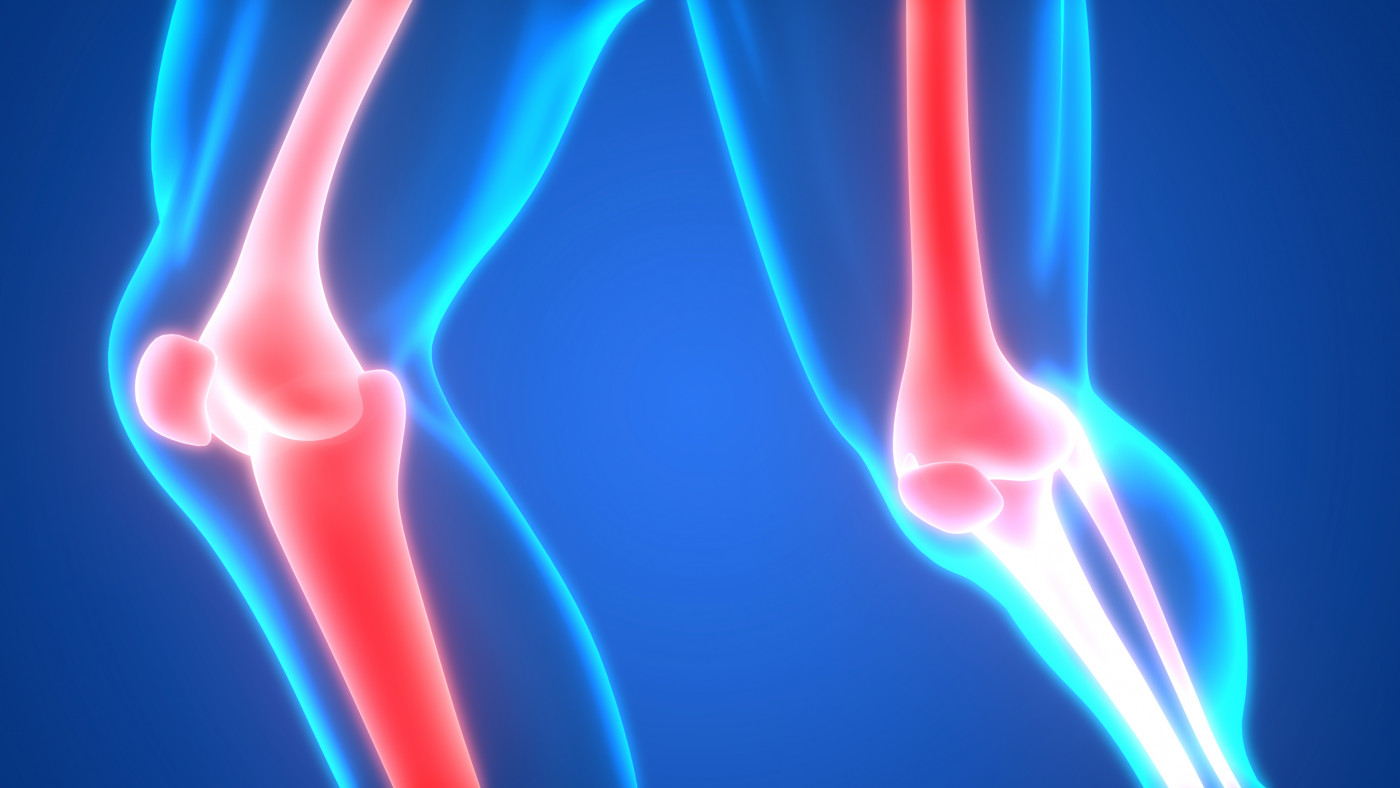Long-term Treatment with Thiazide Diuretics May Lower Risk of Bone, Hip Fractures, Study Suggests

Long-term use of thiazide diuretics — a hypertension medication — may lower the risk of bone fractures, particularly hip fractures, in people with Alzheimer’s, a disease with a high risk of fractures due to falls, a Finnish study suggests.
The study, “Long-term thiazide use and risk of low-energy fractures among persons with Alzheimer’s disease—nested case-control study,” was published in the journal Osteoporosis International.
Thiazide diuretics have long been used to treat high blood pressure and hypertension. These medications also work to ease fluid accumulation (hence the name diuretic) throughout the body, by increasing the amount of water filtered through the kidneys.
Thiazides have been shown to promote bone density by lowering the amount of calcium — a key mineral that helps bones stay strong — lost through urine.
Because people with Alzheimer’s can be prone to falls and fractures, researchers at the University of Eastern Finland investigated thiazide use and the risk of bone fractures, especially hip fractures, among patients residing in private homes (called community-dwelling residents).
They identified patients diagnosed between 2005 and 2011 with clinically verified Alzheimer’s, using the register-based nationwide Medicine use and Alzheimer’s disease (MEDALZ) study. Thiazide use was identified from the prescription register data.
Out of 70,718 people, researchers focused on 10,416 patients with low-energy fractures — those resulting from mechanical forces that would not normally lead to fracture, i.e. a fall from a standing position — and compared them to 31,099 matched controls without a fracture. The patients with fractures were 84 years old, on average, and 76% were women. Hip fractures were the most common type of this injury, representing 53.5% of all fractures (5,578 patients). A first such fracture occurred, on average, at 2.6 years post-diagnosis.
Among the patients with low-energy fractures, 10.5% (1,097) were taking thiazide, as were 12.5% (3,881) of people in the control group.
The analysis showed that long-term, continuing use of thiazide — treatment for three to five years — lowered the risk of these fractures, particularly hip fractures, by 30%. But there was no benefit for those using thiazide for less than three years, or who had stopped its use for at least one month before a fall.
Researchers said the results were “somewhat surprising” given that older Alzheimer’s patients have an increased risk for falls and fractures. The researchers also noted that previous studies have associated the use of diuretics with an increased risk of falls, but said that might instead be “related to common adverse effects of antihypertensives, including dizziness, hyponatremia and postural hypotension.”
Despite their findings, the researchers recommended against this medication as a preventative therapy for fractures, because this was the first study to examine the link between thiazide diuretic use and low-energy fractures. Benefits seen here with thiazide’s long-term use is likely linked to its effects in increasing bone mineral density, they added. The researchers said further study was needed.
These results “may have implications for the choice of antihypertensive medications in this vulnerable patient group with an increased background risk for falls and fractures due to dementia disorder,” the study concluded.






